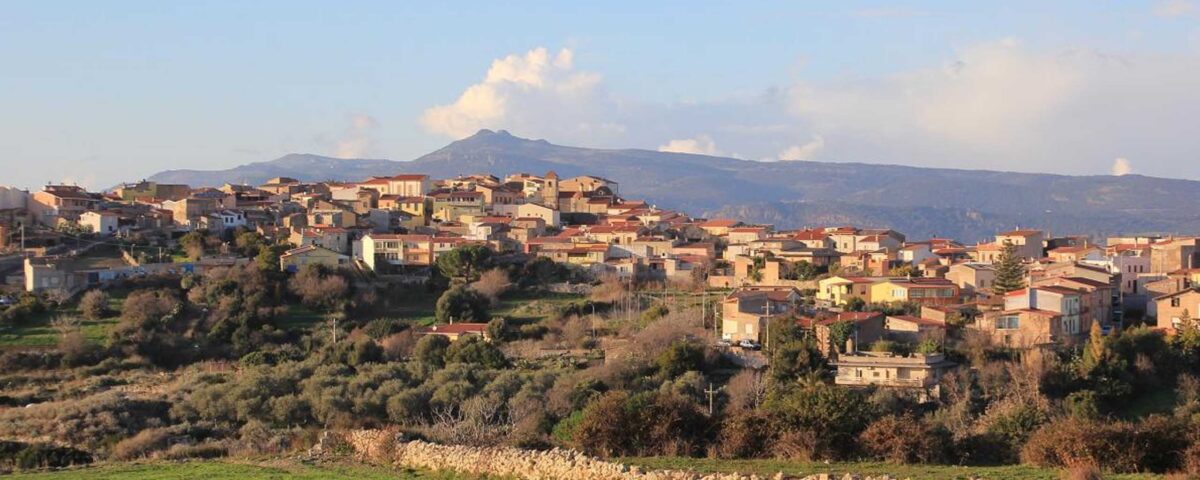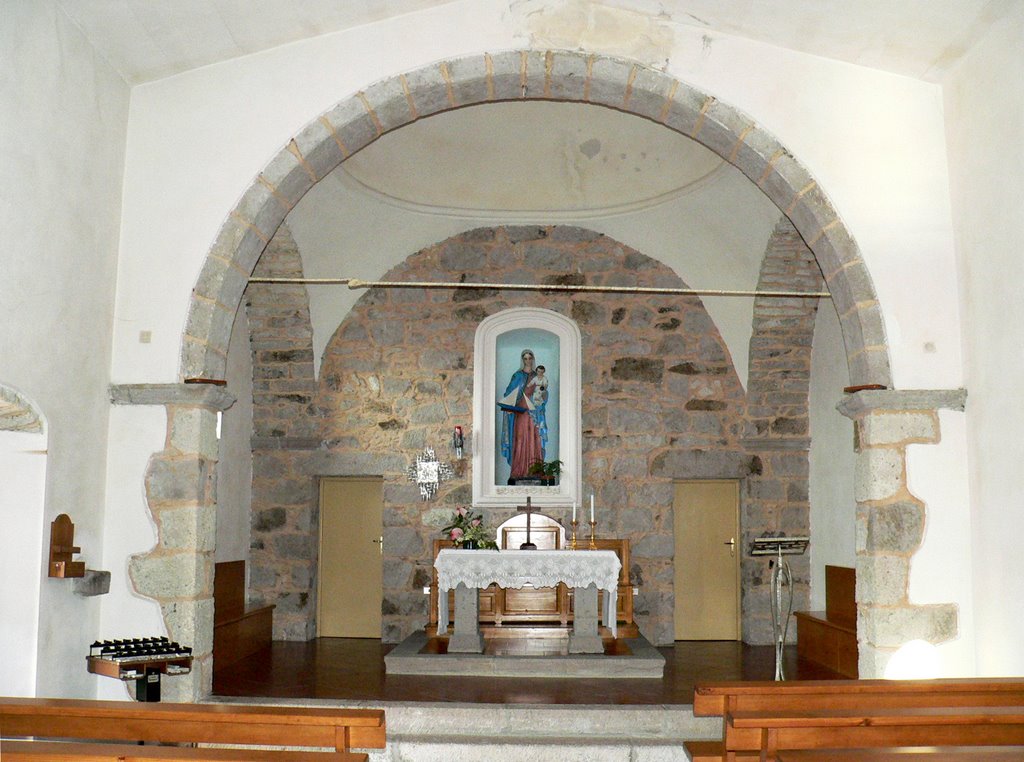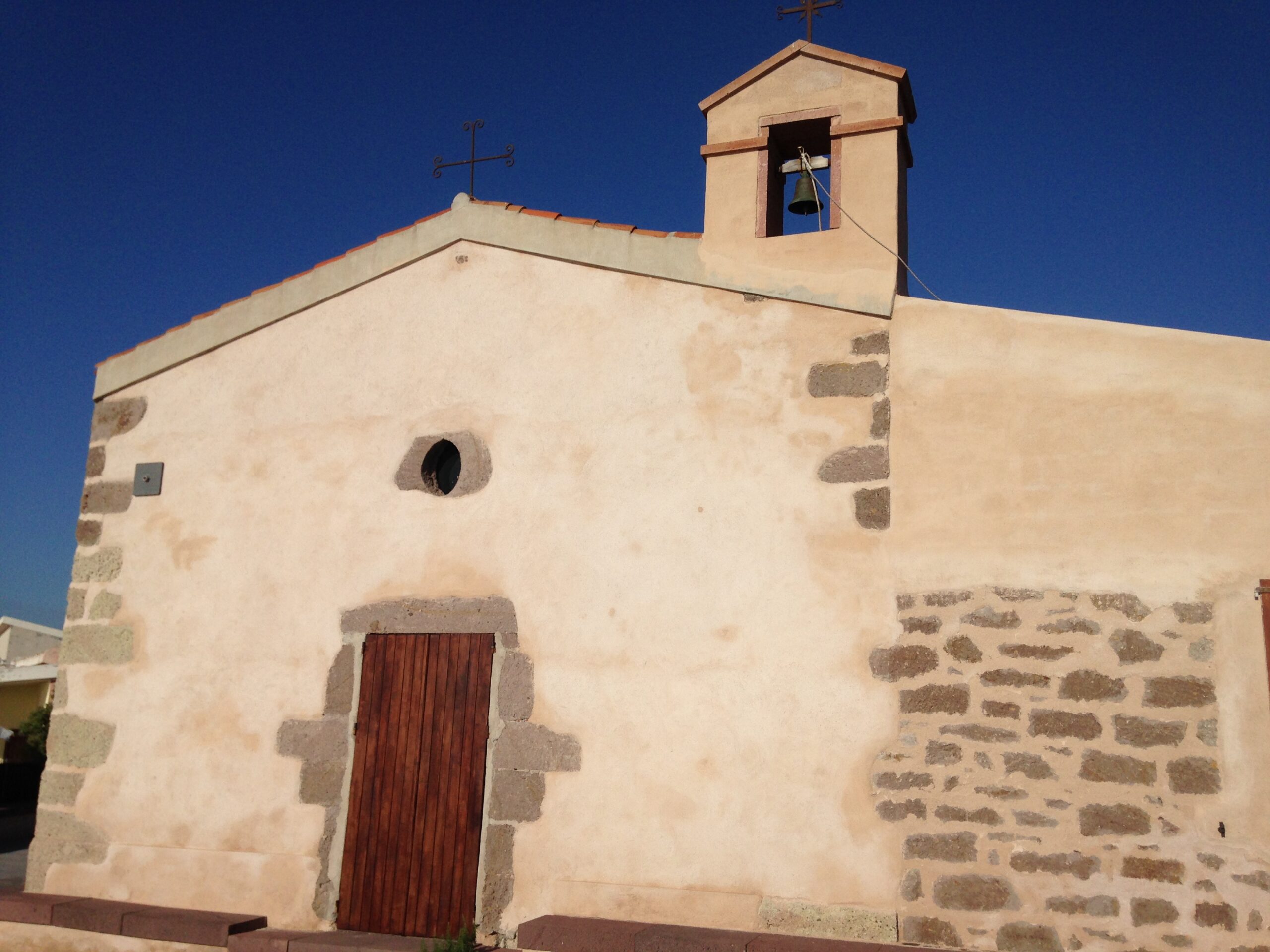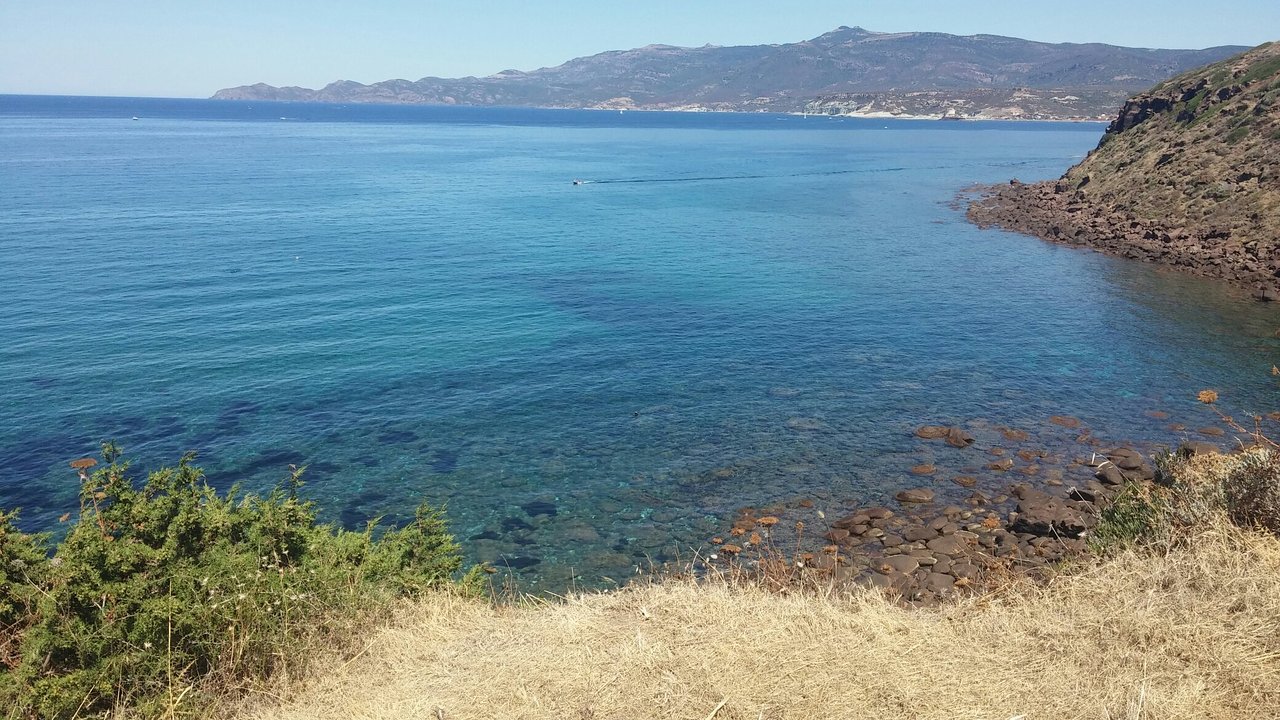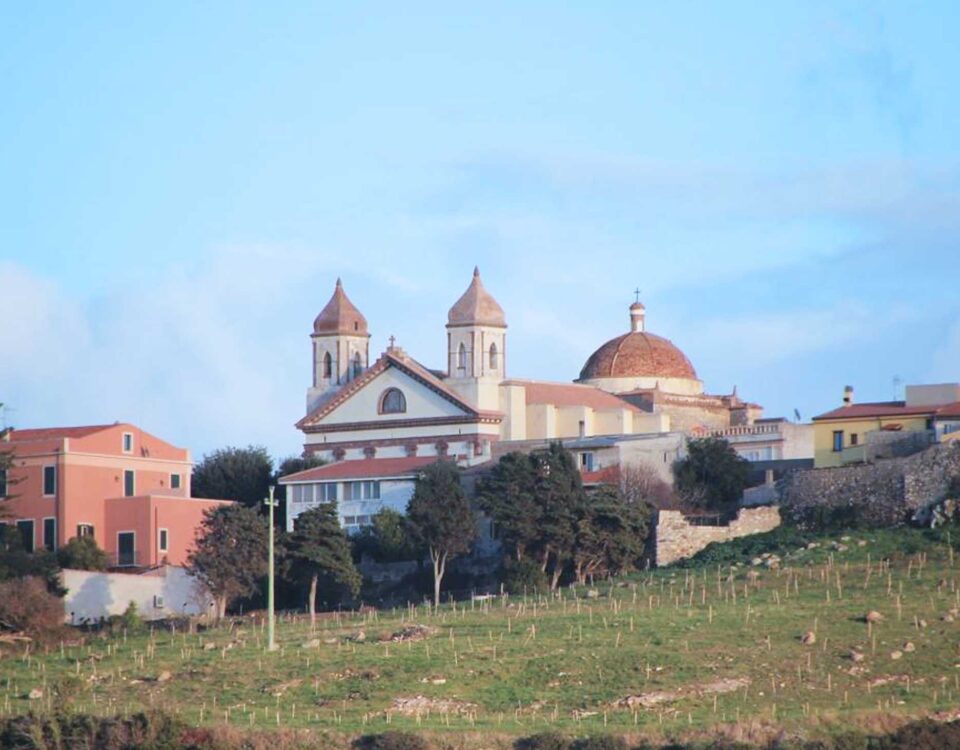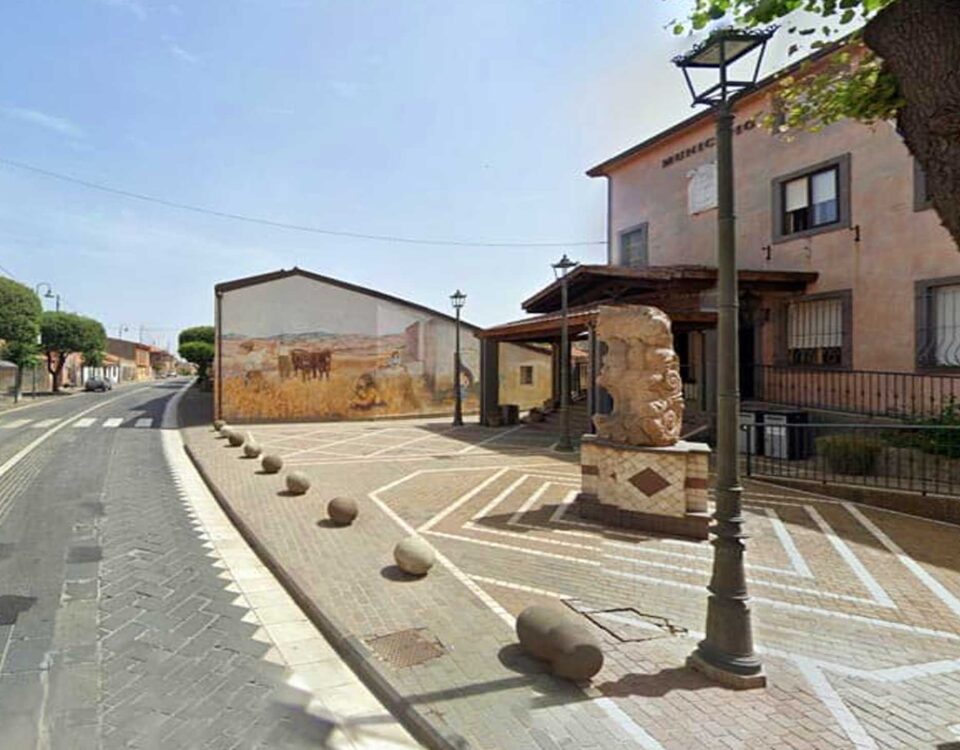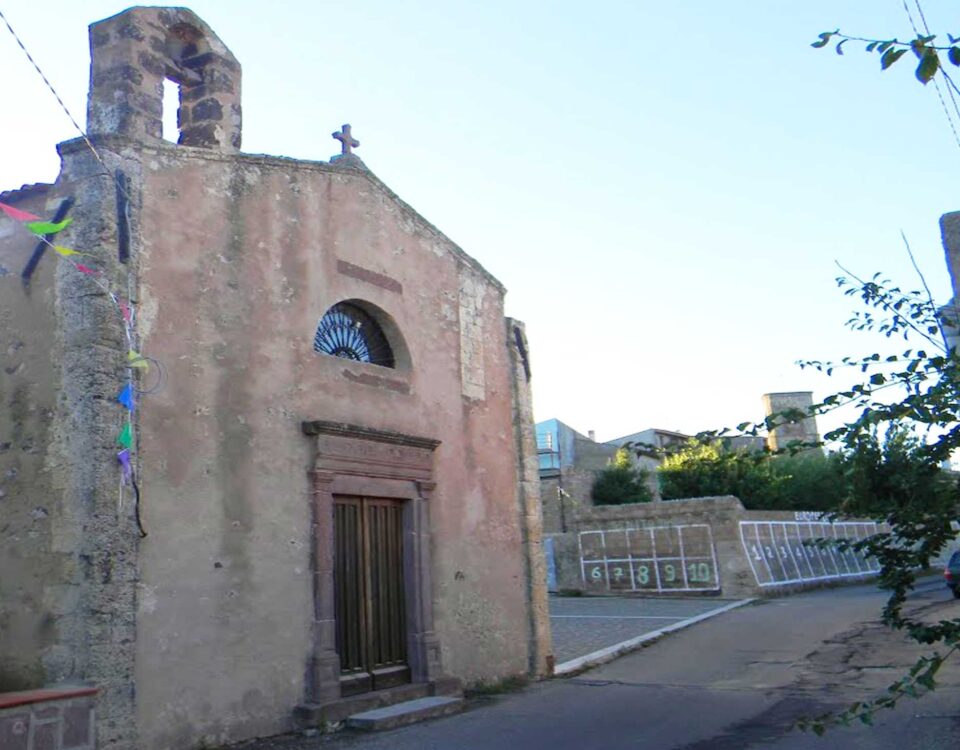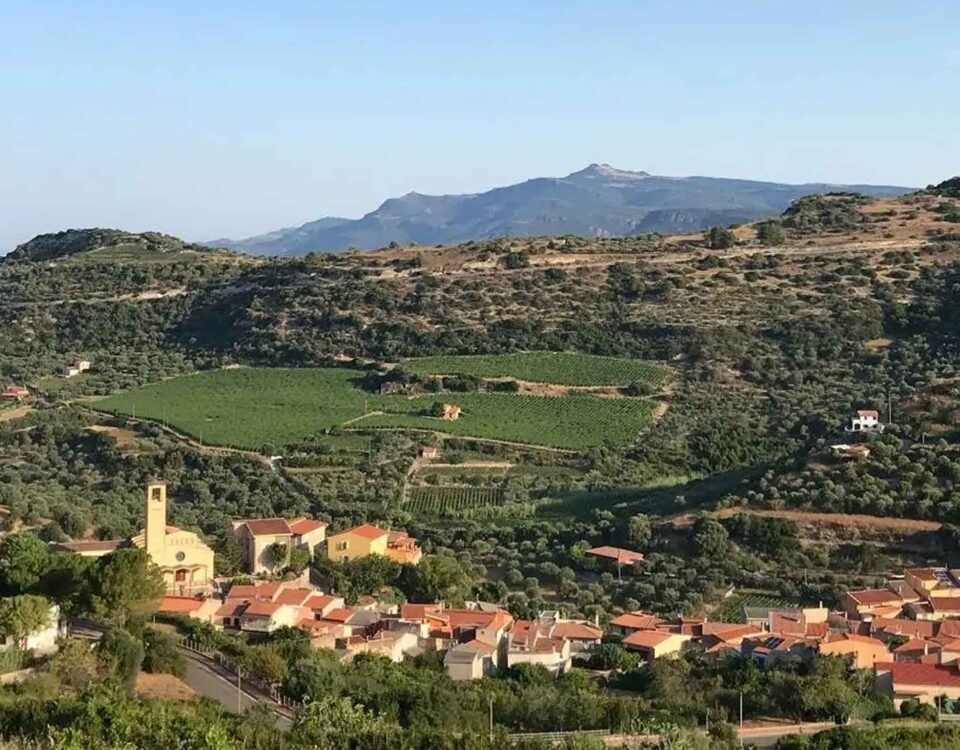
Municipality of Modolo
28 March 2023
Municipality of Suni
28 March 2023A charming village in the upper Oristanese, eight kilometres from Bosa, on the central-western coast of Sardinia, famous for its authentic traditions and excellent malvasia. It is one of Italy's authentic villages and is listed among the wine towns, not by chance being part of the 'Strada della malvasia di Bosa'.
Magomadas is a small town of less than 700 inhabitants in the Planargia region, perched on a hilltop with a panoramic view of the Modolo valley on one side and the sea, with kilometres of picturesque coastline, on the other. The picturesque settlement is characterised by old houses and surrounded by the warm colours of the vineyards scattered in the fertile countryside, which has always marked the agro-pastoral traditions and economy of the community.
In a 16t-century building in the historic centre, there is a wine museum, a historical excursus on wine-making in Planargia, and a wine shop, with wine tastings paired with typical dishes. Also in the centre, you will find the parish church of San Giovanni Battista, built in the early 17 century in late Catalan-Gothic style (later restored). The single-nave layout is interrupted by a red trachyte ogival triumphal arch leading into the presbytery. Of particular value inside are three 18-century altars.
READ ALL
Also worth visiting is the church of Santa Croce, dating back to the late 14-early 15 century, which houses a beautiful wooden Christ with his upper limbs jointed, the protagonist of the rite of s'Iscravamentu during Holy Week. In recent years, tourism has gained momentum thanks to beautiful, white beaches, rugged cliffs and pristine, deep-blue waters. In the hamlet of Santa Maria del Mare, three kilometres from the village, stands the small church of the same name, dating back to 1635, formerly known as de s'Istella, where in the third week of May and August the two celebrations - a procession and concerts in the square - that are most heartfelt by the Magomadese community and enthralling for guests, due to the concomitance with the Malvasia festival, take place.
The territory was inhabited since the Nuragic period, as evidenced by the remains of a sacred well in the locality of Puttu and several Nuragic towers, among which is the nuraghe Sebe, on the outskirts of the village, a 'strategic' dominion over the surrounding valley. The original settlement arose in Punic times: the toponym magom adasht, 'new town', confirms this. The ancient Carthaginian settlement near the sea was moved to a hill near the current ruins of the Church of St Nicholas to defend itself against Saracen raids (14 century). In those years (1388), the village was the centre of the island: the peace treaty between Eleonora d'Arborea and the King of Aragon was stipulated there.


